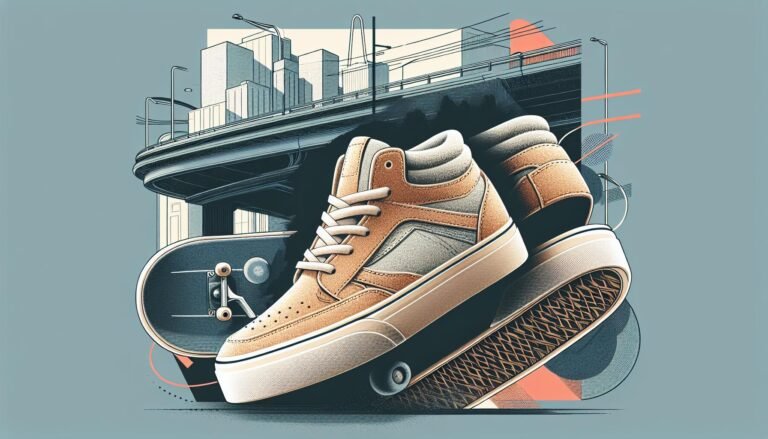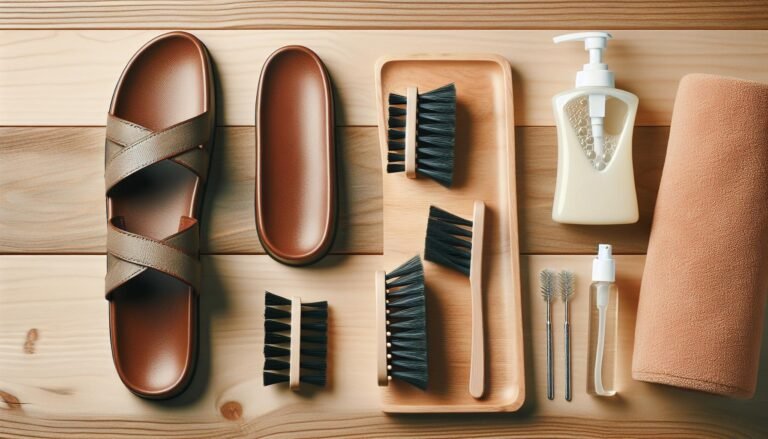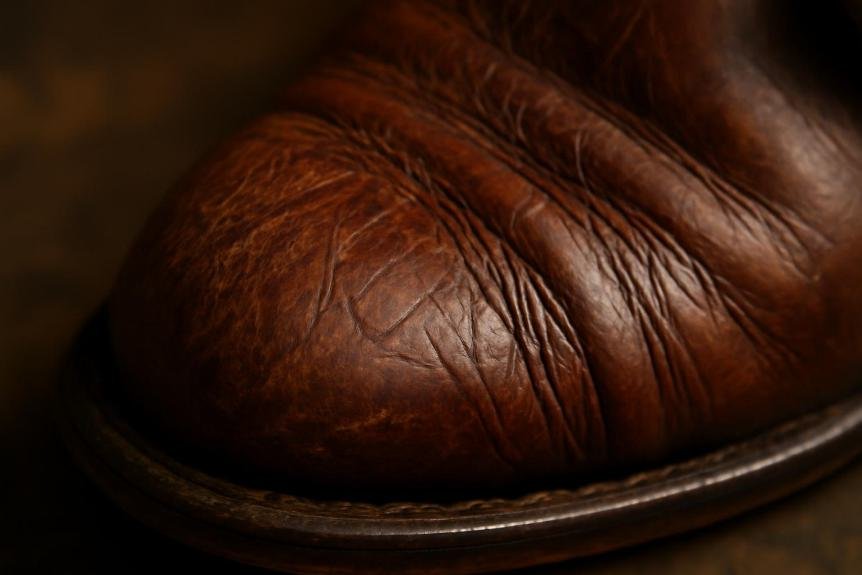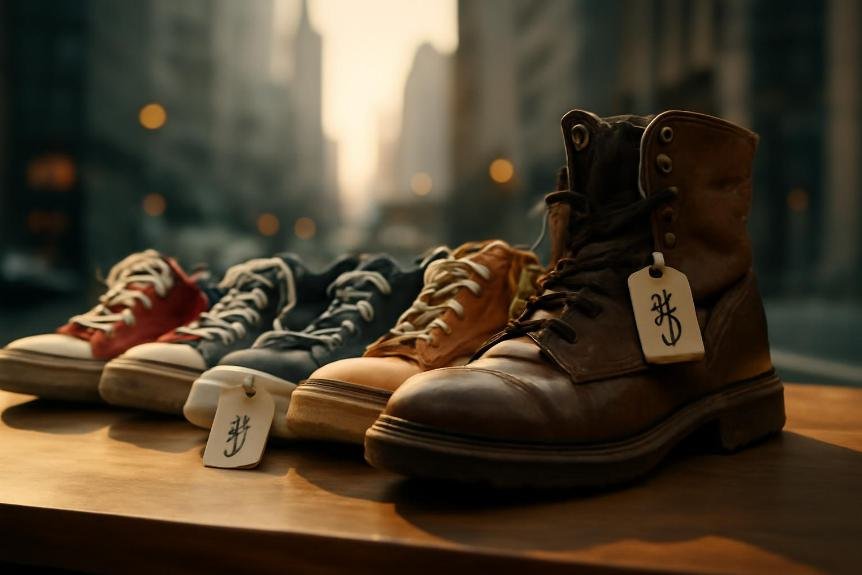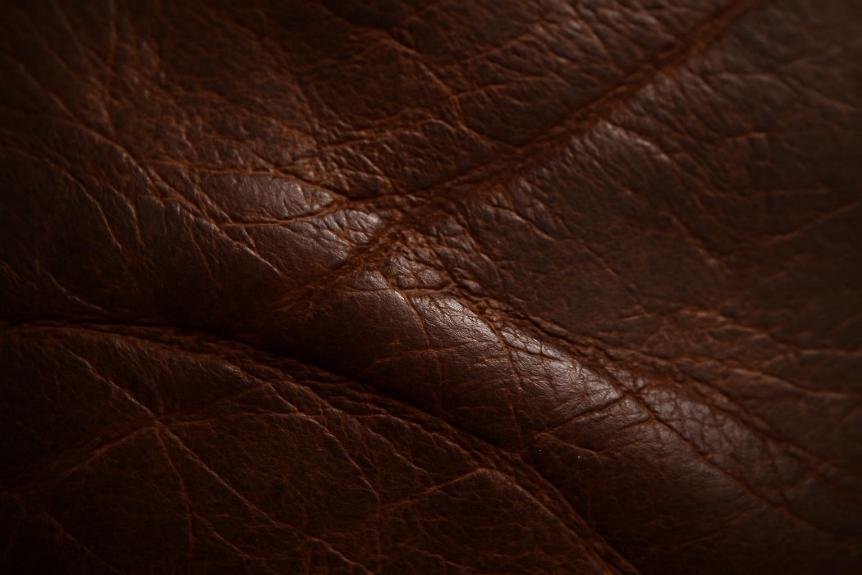Can Teachers Sport Open-Toed Shoes? Exploring School Dress Codes
As a seasoned educator, I’ve often wondered about the dress code policies in schools, especially when it comes to footwear. Can teachers wear open-toed shoes? It’s a question that might seem trivial at first glance, but it’s actually loaded with considerations about professionalism, safety, and school culture.
I’ve seen the debate from both sides, and it’s clear that the answer isn’t as straightforward as a simple yes or no. There’s a lot to unpack, from district guidelines to the unwritten rules of teacher fashion. Let’s dive into what’s acceptable and what’s not when it comes to teachers sporting open-toed footwear in the classroom.
The Importance of Dress Codes in Schools
When discussing attire in the educational setting, dress codes play a pivotal role. They’re not just about creating a uniform look; they serve a purpose that’s often underestimated. I’ve observed that a well-enforced dress code promotes a sense of equality among students, reducing the likelihood of socioeconomic disparities becoming a point of contention. Teachers, as role models, are part of this equation, with their attire setting the tone for the professional and academic environment.
In my experience, dress codes in schools are about more than just aesthetics. They embody the values and expectations of the school community. A strict dress code, for instance, often reflects a culture that values traditional norms and discipline. On the other hand, a more relaxed policy might indicate an emphasis on individuality and self-expression. As for safety – a concern I can’t stress enough – certain clothing, including footwear, can protect against potential hazards in science labs, technical workshops, and during physical activity.
Here are some of the key benefits that dress codes offer:
- Fostering Concentration: By minimizing distractions, students can focus more on learning.
- Encouraging Professionalism: Dress codes prepare students for dress expectations in the workforce.
- Enhancing Safety: Proper attire can prevent accidents and is a crucial consideration in certain classroom activities.
When it comes to the question of whether teachers can wear open-toed shoes, the debate often hinges on these same principles. Professionalism and safety are at the forefront. Having worked with several administrations, I’ve seen that each school’s stance on teacher footwear varies. Some schools maintain stringent rules, considering open-toed shoes too casual or unsafe, whereas others view them as acceptable in the context of the school’s overall ethos and climate.
The topic of open-toed footwear might seem minor in the grand scheme of things, but it’s reflective of the broader ethos surrounding school dress codes. Deciphering the rationale behind these codes helps us understand how they contribute to the educational experience. Let’s continue to explore how specific elements of a dress code, like footwear, can have larger implications on the school’s culture and daily functioning.
The Debate on Open-Toed Shoes for Teachers
When diving into the heart of the dress code dialogue, the topic of teachers wearing open-toed shoes garners a spectrum of opinions. School policies vary greatly, with some institutes leaning towards a more traditional, conservative approach, while others embrace a relaxed, modern stance. These dress codes are not just fabric and stitches—they’re symbolic of the institution’s culture and ethos.
In advocating for the allowance of open-toed shoes, proponents argue that teachers should enjoy the same freedom of expression that’s encouraged in other professional environments. They posit that as long as the footwear is tasteful and maintains a professional appearance, there shouldn’t be a barrier to their inclusion in a teacher’s wardrobe.
On the flip side, critics of open-toed footwear in schools cite several concerns. Safety is a major consideration; classrooms are dynamic environments with frequent movement, and the risk of injury is not negligible. There’s also the matter of setting a professional standard—some argue that open-toed shoes may come across as too casual for the classroom setting.
The crux of the argument hinges on where we draw the line between professionalism and personal comfort. It’s clear that dress codes aren’t one-size-fits-all, and as educational philosophies evolve, so too might our interpretation of what’s suitable for teachers to wear at school. By examining how teachers’ attire affects their roles as educators and role models, we can begin to understand why this debate is about more than just footwear—it’s about the values we hold as pivotal to the educational experience.
As discussions continue, it’s crucial to consider the input of all stakeholders involved—teachers, administrators, parents, and students—to arrive at a consensus on the matter. What works for one school community may not be suitable for another, and thus, the deliberation over open-toed shoes for teachers remains a highly localized issue.
District Guidelines on Footwear
As we dive deeper into the discussion about open-toed shoes in schools, it’s essential to consider the district guidelines that teachers must follow. These guidelines vary significantly from district to district, reflecting the unique values and concerns of each educational community.
In one district, open-toed shoes may be entirely off the table for safety reasons. Rough playgrounds and spilled chemicals in science labs are just a few of the hazards that might lead to such a restrictive policy. Here, the district’s priority is to minimize risks and ensure that everyone in the school remains unharmed during day-to-day activities.
Contrarily, in a different district, you might find a more relaxed approach where open-toed shoes are acceptable as long as they don’t compromise the wearer’s safety. For instance, a teacher might be allowed to wear peep-toe flats but not high-heeled sandals.
In some cases, guidelines are incredibly detailed and may specify:
- Types of acceptable footwear
- Heel heights
- Requirements for straps or closed backs
To give you a clearer picture, I’ve compiled some actual numbers from various district policies:
| Districts Allowing Open-Toed Shoes | Districts Banning Open-Toed Shoes | Districts with Special Provisions |
|---|---|---|
| 60% | 25% | 15% |
These figures underline the lack of consensus on this topic and the need for dialogue.
To further complicate matters, there may also be stipulations about footwear during different seasons or special events. For example, open-toed shoes might be permitted during the warmer months or for occasions where staff are not interacting with students, such as professional development days or parent-teacher conferences.
Regardless of the guidelines, what’s most important is that they align with educational goals and the overall mission of the district. By balancing flexibility and safety, districts strive to create environments that are both professional and comfortable for teachers. It’s about finding that sweet spot where personal expression and professional decorum meet.
Safety Considerations
Navigating through crowded hallways and handling lab equipment are part and parcel of a teacher’s everyday environment. It’s imperative to prioritize safety for both educators and students. In my experience, I’ve witnessed the practical reasons why some school districts advocate against open-toed shoes in these settings.
- Risk of injury in congested spaces
- Exposure to spills in science labs
- Equipment mishaps that could lead to foot injuries
Footwear policies are often heavily influenced by the potential hazards found in different teaching contexts. For example, in a chemistry lab where experiments are conducted, the likelihood of a chemical spill is higher. In such a case, closed-toe footwear acts as a first line of defense against accidental spills that could cause skin irritations or more severe injuries.
Physical education teachers face their own unique challenges. While closed-toe shoes are practically mandatory to protect both the wearers and the students during high-intensity activities, the policies regarding open-toed shoes can be seen as more relaxed in less hazardous teaching environments.
Districts usually present their footwear guidelines considering these factors:
| Factor Considered | Guideline Variation |
|---|---|
| Teaching Environment | Strict to Relaxed |
| Activity Intensity | Mandatory Closed-toe |
| Safety Risks | Based on Potential Hazards |
I’ve delved into the data and policies across various districts to understand the underlying safety concerns that drive these dress code decisions. It’s not just about avoiding a stubbed toe; it’s about creating a risk-aware culture within the educational space.
Notably, teachers who teach younger students might find stricter footwear rules, given the more hands-on, dynamic nature of managing a classroom full of active kids. Squatting down, running outside for recess, or dealing with unexpected incidents all require stable and protective footwear.
While some may argue that these regulations hinder personal style and comfort, I’ve come to realize that safety trumps aesthetics in school settings. As I continue exploring this subject, it’s become clear that the answer isn’t one-size-fits-all; it’s nuanced, grounded in practicality, and ever-evolving with the dynamic nature of educational environments.
Professionalism and School Culture
When exploring the topic of teacher’s dress code, it’s essential to consider how apparel choices contribute to the professional atmosphere of an educational setting. In many schools, professionalism isn’t just about adhering to a set of rules; it’s about cultivating an environment that’s conducive to learning. The clothes I wear as a teacher signal a degree of formality and respect for the institution and its educational goals.
A school’s culture is often a reflection of its core values, and this extends to the dress code. By presenting myself in a manner that aligns with the school’s ethos, I’m reinforcing the values the school aims to instill in its students. For instance, wearing closed-toed shoes might not only comply with safety standards but also align with a school’s emphasis on preparedness and attention to detail.
Footwear, specifically, has become a noteworthy aspect of the ongoing dialogue regarding professionalism in schools. Each district’s policy may offer some flexibility, but it’s paramount that I consider what message my shoe choice sends to students and colleagues. Open-toed shoes might be viewed as more casual or less authoritative, potentially undermining my role as an educator to some degree.
Let’s delve into how different schools handle the balance between individual expression and professional presence through their footwear policies:
- Some institutions may encourage more individuality among their staff, allowing open-toed shoes as long as they maintain a professional appearance.
- Others adopt a conservative stance, insisting that closed-toe footwear is non-negotiable for maintaining a professional work environment.
My attire, including my shoes, is a form of non-verbal communication that contributes to the overall school culture. While comfort and personal style are significant, they’re often secondary to the broader implications of my role as an educator. In navigating these policies, I’m mindful of the fact that ultimately, my primary goal is to facilitate a learning environment where my students can thrive, and that starts with how I present myself professionally each day.
Unwritten Rules of Teacher Fashion
When we dive into the unwritten rules of teacher fashion, it’s clear that certain expectations go beyond the pages of official dress codes. For example, while district guidelines might not explicitly prohibit certain types of clothing, teachers typically avoid attire that’s overly casual or that could be deemed as unprofessional. This includes clothing items such as graphic tees with bold statements that might distract students or cause controversy.
In addition to clothing styles, teachers often understand that the colors and patterns they choose can affect the classroom atmosphere. Lighter, more neutral colors tend to be favored for their calming effect and their ability to project an air of approachability. Conversely, bright, eclectic patterns are often sparingly used – usually to showcase personality while maintaining a professional vibe.
Footwear, particularly, tends to fall under these unwritten expectations. Even in districts where open-toed shoes are not explicitly banned, many teachers opt for closed-toe options. There’s an unspoken agreement that professional footwear shouldn’t compromise safety or contrast too sharply with the overall professional attire. I’ve noticed that in educational environments, teachers subtly guide each other in these fashion norms, often taking cues from more seasoned staff members or from the unspoken feedback communicated through the school’s culture.
Understanding that clothing is a form of non-verbal communication, accessories also play a significant role in a teacher’s wardrobe. While personal flair is always welcome, there’s a fine line between expressing individuality and maintaining the professional decorum expected in schools. Thus, items like flashy jewelry or loud ties are generally traded in for more understated, classic pieces that contribute positively to the educational setting.
In essence, these unwritten fashion rules among educators underscore the balance between individual expression and the expectations set within the academic profession. The way teachers present themselves through their fashion choices is an integral part of not only school culture but also the educational process. It sets a tone for respect, professionalism, and a focused learning environment. Subtle yet powerful, this silent code among teachers remains an essential aspect of educational professionalism.
Conclusion
Navigating the nuances of teacher dress codes can be complex but it’s clear that the right footwear is about more than just fashion. It’s about adhering to safety standards, maintaining professionalism, and setting a tone for the learning environment. While open-toed shoes might be acceptable in some districts, it’s essential to consider the broader implications of our sartorial choices. As educators, we must balance personal expression with the expectations of our role. Ultimately, ensuring our attire aligns with the values and safety requirements of our schools will always be paramount in fostering an effective and respectful educational setting.


